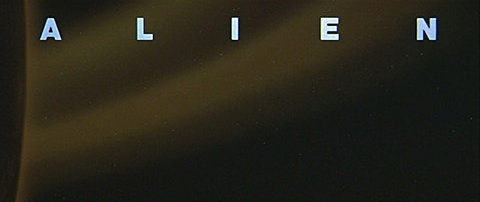London to Brighton (2006) - Paul Andrew Williams
- London to Brighton is a 2006 award-winning British film. The film was written and directed by Paul Andrew Williams. The film opens with a woman and child, Kelly and Joanne, bursting into a London toilet. Joanne is crying and Kelly has a black eye. Eventually Kelly gets them on a train to Brighton, and it is clear they are running from someone. Funded by the UK Film Council (now the B.F.I - British Film Institute).
- London to Brighton is an impressively focused and direct film, with a frantic opening scene which sets both a style and mood that is maintained throughout. It soon transpires that we are witnessing the fall-out from some horrific, but as-yet-unknown event, and from here the story unfurls smartly to throw the scene into its full, harrowing context.
- The use of an enigmatic narrative immediately raised and asks questions. (What has happened to them? What is their relationship? Who is Derek? Why are they in a public toilet at 3:07am?)
- The audience gains sympathy for the young girl whereas the older woman seems threatening however the seemingly maternal relationship between them both makes her appear a little more emotive.
- The opening is meant to engage you, simply by showing you a scene from midway in the film. The structure of the film is non-linear.Thus intriguing the audience and making them want to carry on watching the rest of the film.
- The titles themselves don't actually give anything away about the film, just give you distribution and production company titles followed by a time and a place. They are just simple, black and white, nothing special; it is what happens after the titles that begins the sudden element of confusion and mystery to the film. The immediate, loud action of the beginning scene cuts into the audience, contrasting with the silent and simple titles.













